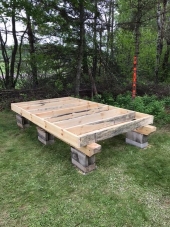After reading this thread, I rushed to the health food store and got some roasted organic pistachios.
However, after some more research, I have come to realize that it may not be such a brilliant idea after all.
For one, apparently the original pistachio study that was spread around was done in Iran, a pistachio producing country. and nobody has been able to find nearly the same high levels of melatonin in pistachios since then.
Also, roasting can reduce the levels of melatonin. So raw would have been better. But I would still have to eat a lot of pistachios to get anywhere close to a 3 mg dose. Also, nitrites added to the nuts would prevent sleep, so make sure to get untreated ones.
Many foods do contain melatonin, but probably not in high amounts. Might be more effective and healthy to get the natural version, though. So I'm not giving up yet.
I did see a paper which suggested that cherry juice did increase the quality of sleep in one study. Here is that paper; the sleep discussion is about halfway down, at 5.1:
https://www.sciencedirect.com/science/article/pii/S0308814624018223
Somewhere else I read that the cherries would have to be raw, and juice wouldn't be effective. So I think we must be still in the very beginning stage of researching this. In the meantime, it probably wouldn't harm us to eat some cherries, nuts, bananas and milk in the evening. So lets keep the citizen science going!







